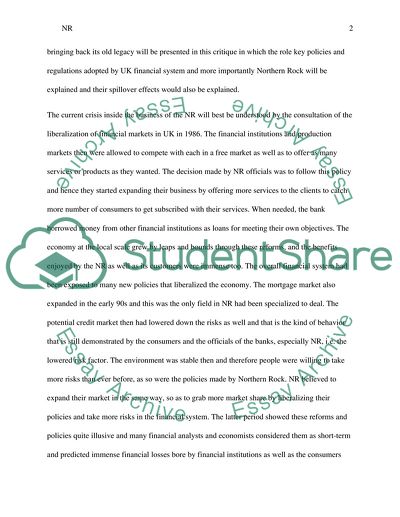Cite this document
(“Discussion of the North Rock Company Coursework”, n.d.)
Discussion of the North Rock Company Coursework. Retrieved from https://studentshare.org/miscellaneous/1584368-northern-rock-a-case-study
Discussion of the North Rock Company Coursework. Retrieved from https://studentshare.org/miscellaneous/1584368-northern-rock-a-case-study
(Discussion of the North Rock Company Coursework)
Discussion of the North Rock Company Coursework. https://studentshare.org/miscellaneous/1584368-northern-rock-a-case-study.
Discussion of the North Rock Company Coursework. https://studentshare.org/miscellaneous/1584368-northern-rock-a-case-study.
“Discussion of the North Rock Company Coursework”, n.d. https://studentshare.org/miscellaneous/1584368-northern-rock-a-case-study.


